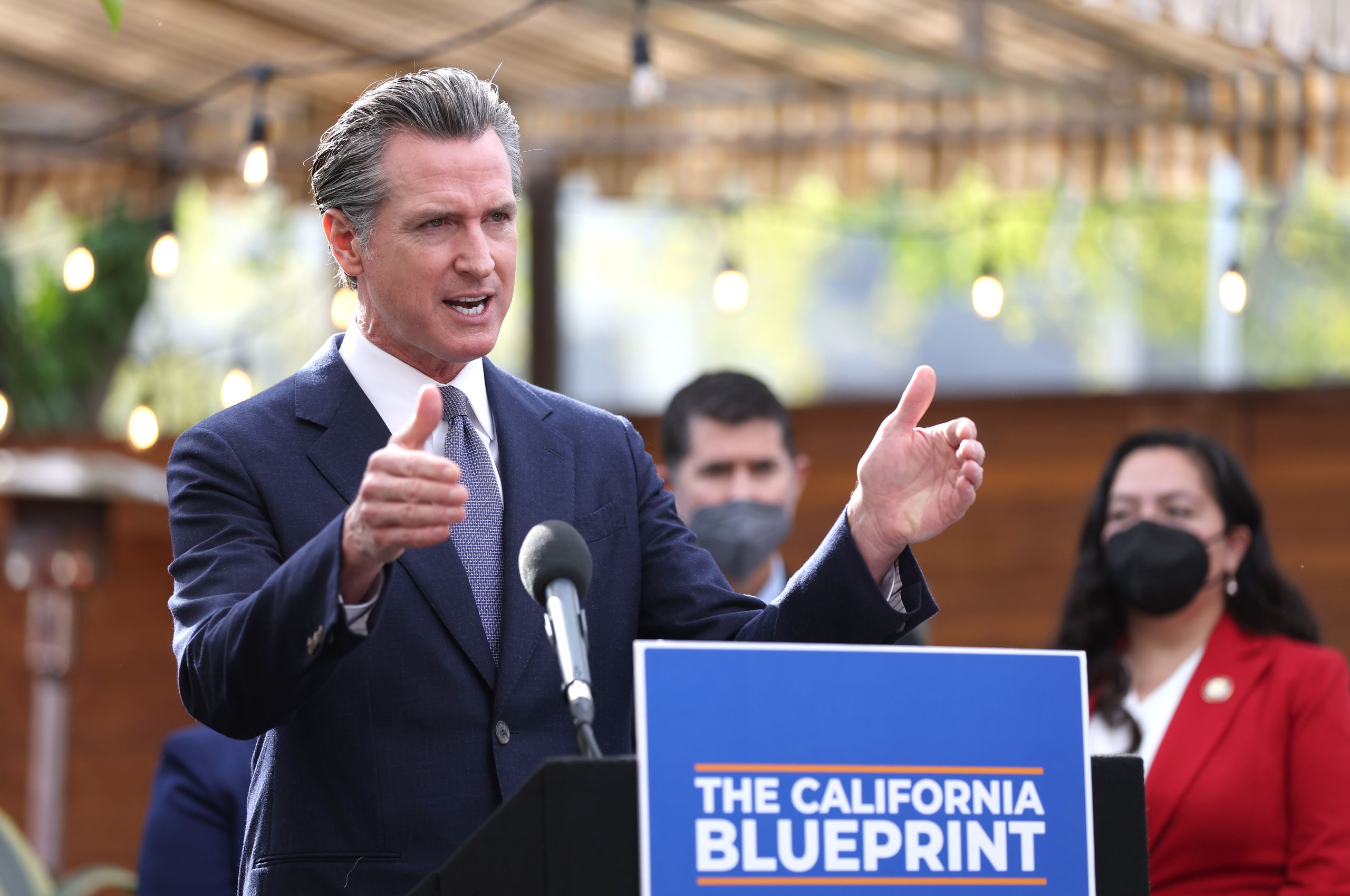Gambling On Calamity: The Case Of The Los Angeles Wildfires

Table of Contents
Development and Urban Sprawl's Role in Increasing Wildfire Risk
Los Angeles's relentless expansion into increasingly arid and flammable landscapes has dramatically increased the risk and severity of LA wildfires. The encroachment of homes and businesses into areas naturally prone to fire has created a perfect storm of combustible materials and potential ignition sources.
The Wildland-Urban Interface (WUI):
The Wildland-Urban Interface (WUI) is the zone where human development meets undeveloped wildland. This is precisely where the most significant wildfire risks exist. The WUI in Los Angeles is vast and increasingly populated, making it highly vulnerable.
- Increased ignition sources: Power lines, improperly discarded cigarettes, and even malfunctioning equipment within the densely populated WUI dramatically increase the likelihood of ignition.
- Rapid fire spread: Denser housing, coupled with flammable landscaping, acts as a fuel ladder, allowing fires to spread rapidly and intensely.
- Lack of defensible space: Many homes within the WUI lack adequate defensible space – the cleared area around a structure designed to slow or stop the advance of a wildfire – significantly increasing their vulnerability.
- Vulnerable communities: Areas like Malibu, Calabasas, and parts of the San Fernando Valley are particularly susceptible to the dangers of California wildfires, due to their location and proximity to chaparral vegetation.
Insufficient Wildfire Prevention and Mitigation Strategies
Despite the clear and present danger, current wildfire prevention and mitigation efforts in Los Angeles are demonstrably inadequate. A lack of proactive measures and insufficient investment are essentially a gamble with the city's safety and economic well-being.
Forest Management and Fuel Reduction:
Current forest management practices are often insufficient in reducing the fuel loads that feed wildfires. This includes inadequate clearing of brush and undergrowth, resulting in highly flammable conditions.
Building Codes and Construction Practices:
While some building codes exist to mitigate wildfire damage, enforcement is often inconsistent, and the codes themselves may not fully address the unique challenges posed by the urban wildfire interface. Many older structures lack the fire-resistant features necessary to withstand intense flames.
- Inadequate funding: Fuel reduction programs often suffer from insufficient funding, hindering effective forest management and proactive measures.
- Lack of public awareness: Many residents in high-risk areas lack awareness of the risks and essential preparedness steps, exacerbating the problem.
- Poor enforcement of building codes: Inadequate enforcement allows for the construction of vulnerable structures, increasing the severity of future fires.
- Delayed response: Slow response times during wildfire events, due to resource limitations or poor coordination, worsen the damage and loss of life.
The Economic and Social Costs of Los Angeles Wildfires
The costs of Los Angeles wildfires extend far beyond the immediate property damage. They represent a significant drain on the city's resources and inflict profound social consequences.
Economic Impact:
The economic impact is staggering, including billions of dollars in property damage, business interruption, and the cost of infrastructure repairs. The destruction of homes and businesses leads to significant job losses and a ripple effect across the regional economy.
Social Impact:
Beyond the economic toll, wildfires cause widespread displacement of residents, leading to emotional distress and long-term mental health consequences. The loss of life and the trauma experienced by survivors create lasting scars on communities.
- Soaring insurance premiums: The escalating risk leads to higher insurance premiums, placing a further burden on residents and businesses.
- Tourism downturn: Devastating wildfires can significantly impact tourism, affecting local economies heavily reliant on this sector.
- Strain on emergency services: Wildfires place immense strain on emergency services and disaster relief organizations, stretching resources thin.
- Long-term recovery: The recovery process from major wildfires is lengthy and complex, with long-term effects on community rebuilding and psychological well-being.
Improving Wildfire Preparedness and Response in Los Angeles
Addressing the issue requires a comprehensive and multifaceted approach. We must move beyond simply reacting to fires and instead proactively mitigate the risks.
Strengthening Building Codes and Enforcement:
Stricter building codes and robust enforcement are crucial, focusing on fire-resistant materials and designs. Regular inspections and penalties for non-compliance are essential.
Investing in Fuel Reduction and Forest Management:
Increased funding for fuel reduction programs and improved forest management strategies are necessary. This includes employing controlled burns and implementing effective vegetation management techniques.
Improving Public Awareness and Education:
Public education campaigns should focus on promoting wildfire awareness, preparedness, and evacuation planning. Community-based initiatives can help empower residents to protect their homes and communities.
- Increased funding for defensible space programs: Dedicated funding to support residents in creating defensible space around their homes is vital.
- Community-based wildfire preparedness initiatives: Empowering communities through training and support to develop wildfire response plans.
- Improved communication and early warning systems: Investing in advanced technology for early detection and effective communication to ensure timely evacuation.
- Enhanced inter-agency coordination: Improving coordination among different agencies involved in wildfire response is crucial for effective disaster management.
Conclusion
The devastating impact of Los Angeles wildfires reveals a dangerous gamble with the city's safety and future. The consequences of inadequate preparedness—in terms of economic losses, social trauma, and environmental damage—are simply too great to ignore. We must stop gambling with our future. Invest in wildfire safety, support proactive mitigation strategies, and demand stronger action from our local and state governments. Take action to protect Los Angeles from wildfires; our lives and livelihoods depend on it. Let's work together to create a safer and more resilient Los Angeles, ensuring that the next wildfire season doesn't become another chapter in a tragic story of complacency.

Featured Posts
-
 Chelsea Handlers I Ll Have What Shes Having Online Purchase Options And Reviews
Apr 26, 2025
Chelsea Handlers I Ll Have What Shes Having Online Purchase Options And Reviews
Apr 26, 2025 -
 Is Gavin Newsom A Leftist Examining His Political Positions
Apr 26, 2025
Is Gavin Newsom A Leftist Examining His Political Positions
Apr 26, 2025 -
 Shedeur Sanders Continued Use Of Nike A Legacy Of Brand Loyalty
Apr 26, 2025
Shedeur Sanders Continued Use Of Nike A Legacy Of Brand Loyalty
Apr 26, 2025 -
 Ftcs Appeal Against Microsofts Activision Blizzard Acquisition A Deep Dive
Apr 26, 2025
Ftcs Appeal Against Microsofts Activision Blizzard Acquisition A Deep Dive
Apr 26, 2025 -
 Discussing Topic With Karli Kane Hendrickson In The Easy Chair
Apr 26, 2025
Discussing Topic With Karli Kane Hendrickson In The Easy Chair
Apr 26, 2025
